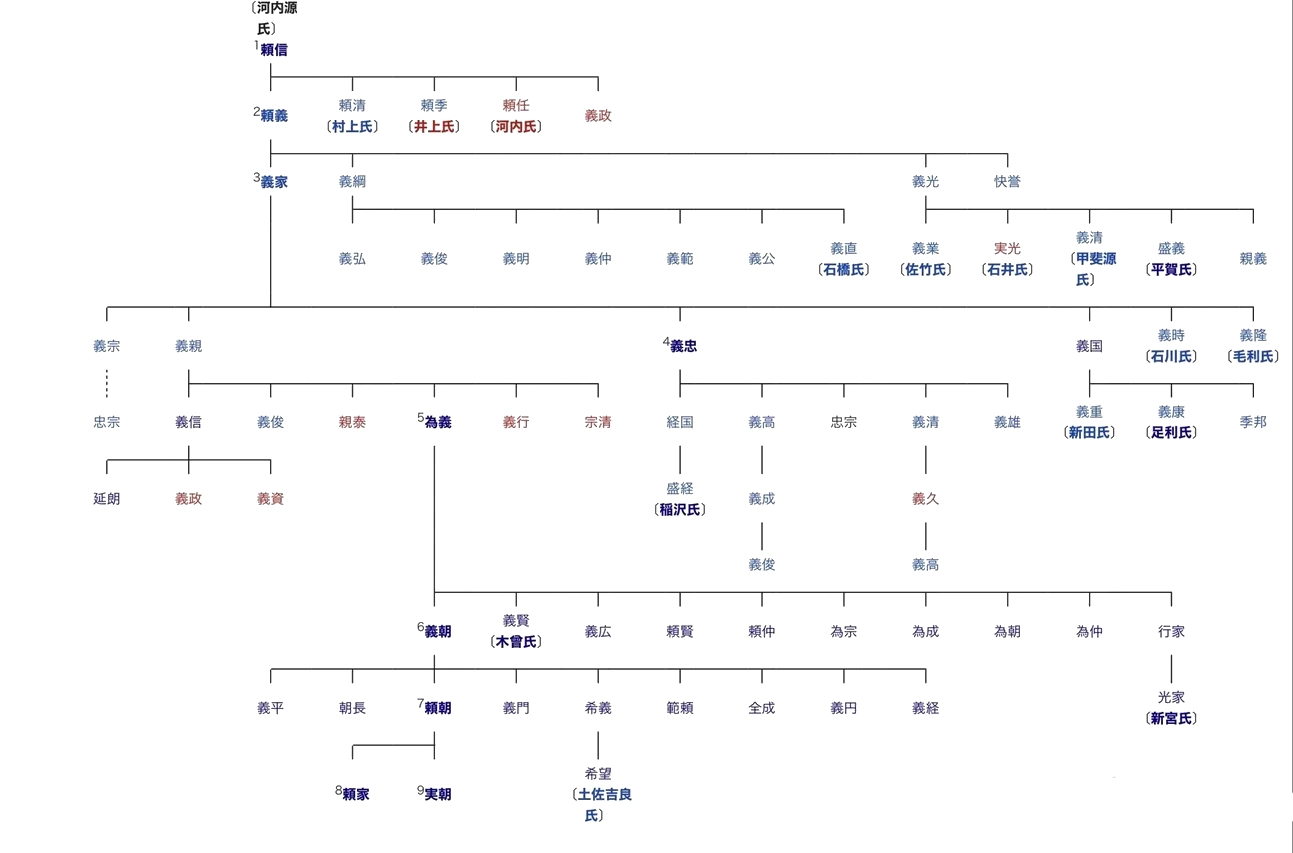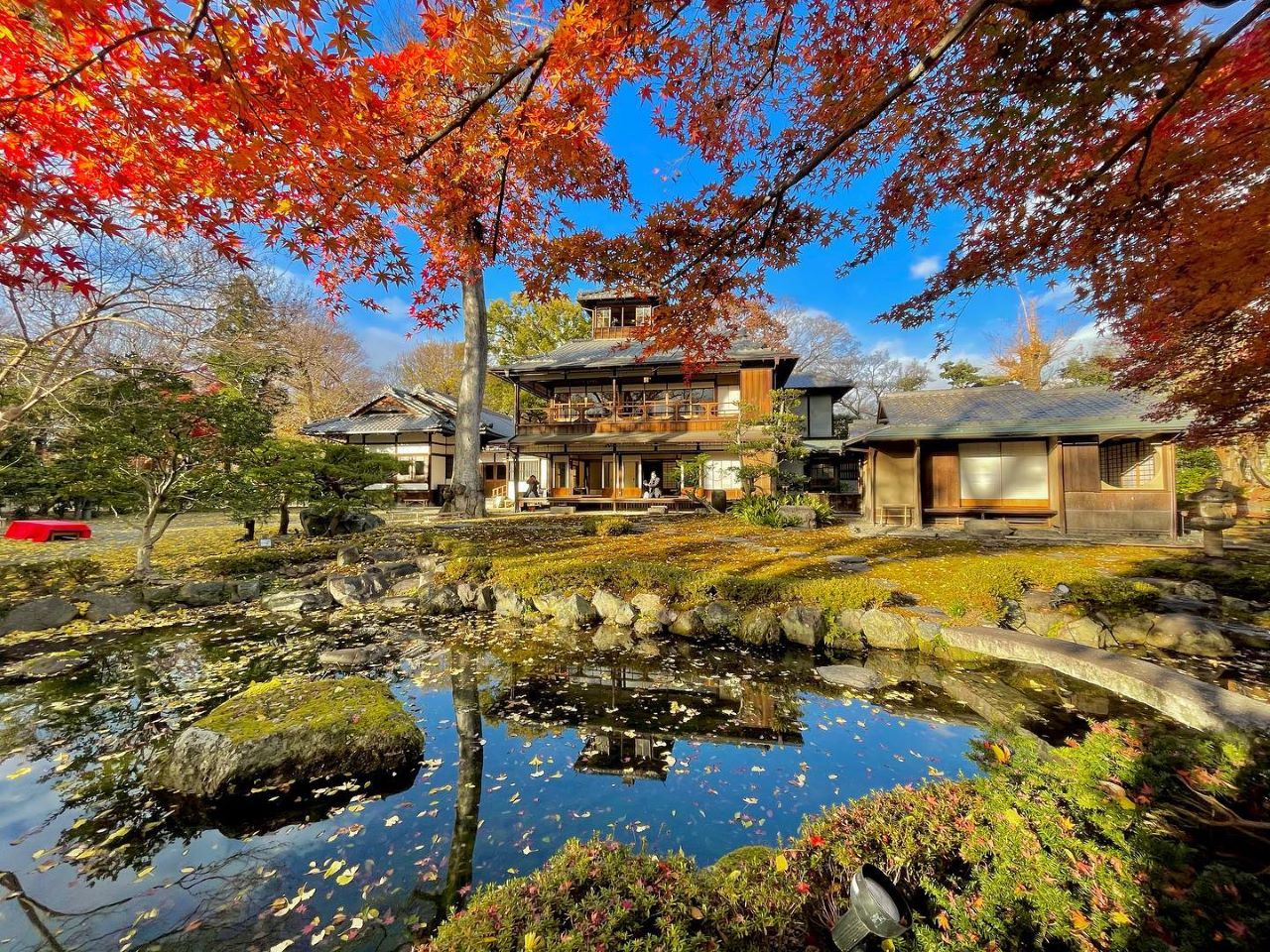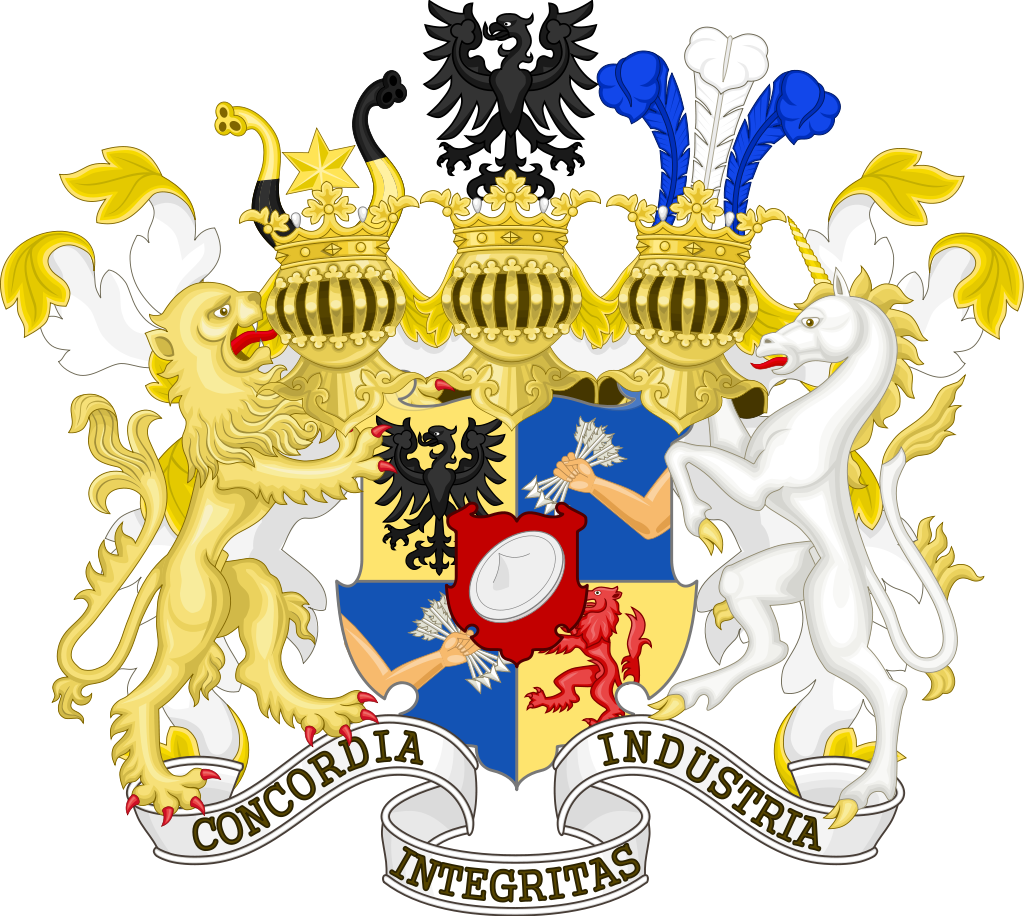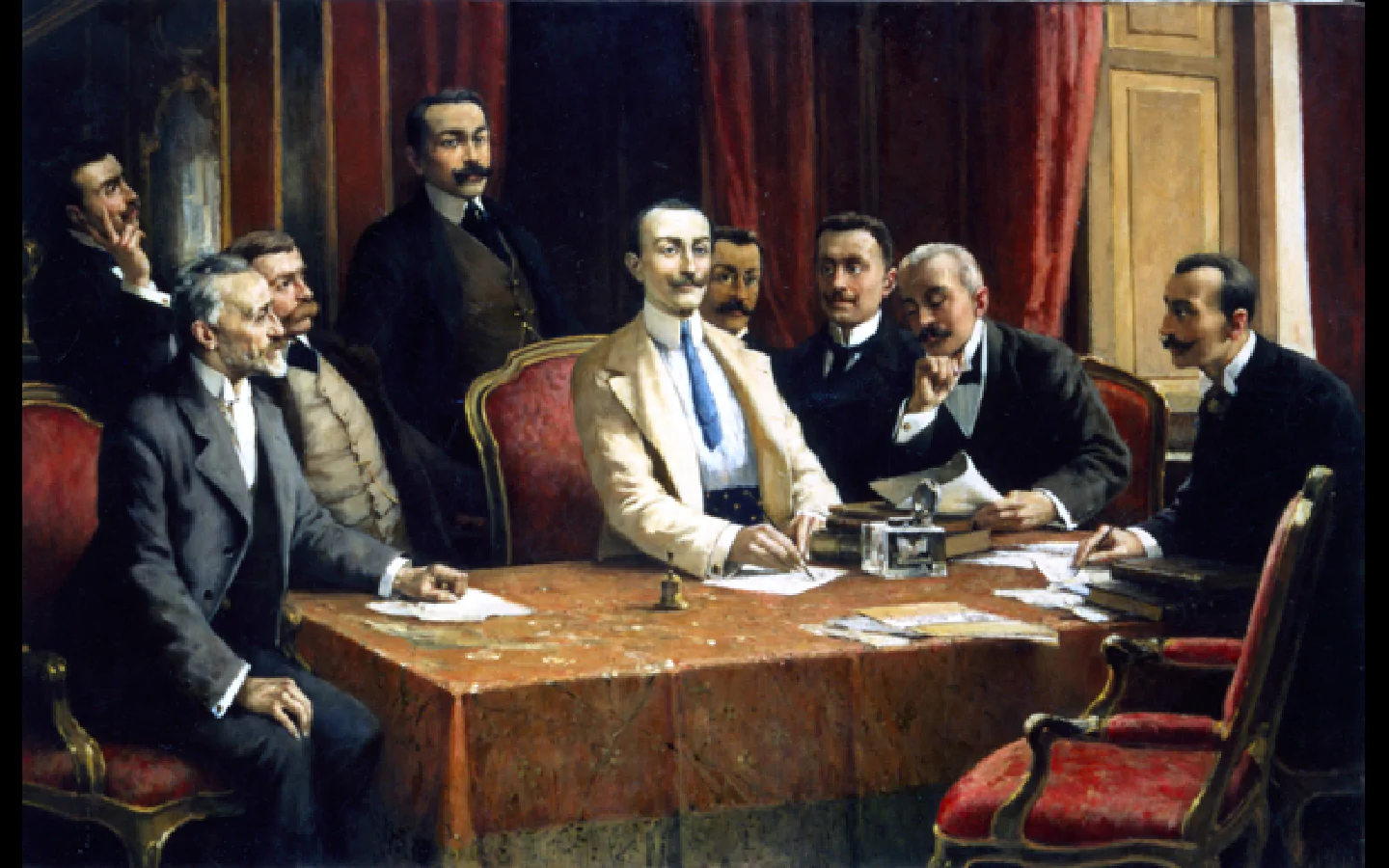My channels - Families that have influenced the world

In 1999, Lord Portman became the 10th Viscount and began work on rejuvenating the Estate.
Over the last 20 years, the development of the Estate has gone from strength to strength. We actively manage the property assets, both directly as a landlord to an ever-increasing number of residential and commercial customers, and through our relationships with long-term leaseholders.
We aim to be at the forefront of
property management and placemaking in Central London. This is an example of how an estate can combine a modern, agile and forward-thinking approach to its activities, while remaining loyal to its history, heritage and values.
The Portman Estate dates back to the 16th century, when Sir William Portman, Lord Chief Justice to King Henry VIII,[5] and originally from Orchard Portman in Somerset, leased 270 acres of the Manor of Lileston (Lisson). He acquired the freehold in 1554, but most of the land remained farmland and meadow until the mid-18th century and the building boom after the end of the Seven Years' War in 1763.
In the 1750s William Baker had leased land from the family to lay out Orchard and Portman Streets, and the north side of Oxford Street. Henry William Portman, a descendant of Sir William, continued the development in 1764 with the creation of Portman Square, with buildings by James Wyatt, Robert Adam and James 'Athenian' Stuart, including Montagu House, built in the north-west corner for the famed literary hostess Elizabeth Montagu and later used by the Portman family as their London town house.
Portman Square was the focus of the new estate and was followed by the building of Manchester Square during the 1770s and Bryanston and Montagu Squares 30 years later. These were laid out by the Estate's architect, James Thompson Parkinson. The area remained largely residential, attracting the prosperous middle class who wanted to live near the centre of London. There were also mews for tradesmen and servants. At the southwest corner of the Estate, where Marble Arch now stands, was the Tyburn gallows, London's principal place of public execution until 1783.
Development of the area north of the Marylebone Road around Dorset Square continued after 1815, and to the North West in Lisson Green, workers’ cottages were built from 1820 to 1840. Many of the original Georgian houses north of Portman Square were redeveloped as mansion blocks, which were let on long leases. This development spread along the major traffic routes of Edgware Road and Baker Street.
In 1948 the Estate, then valued at £10 million, was subject to death duties of £7.6 million on the death of the seventh Viscount Portman, resulting in the sale of all the family's West Country estates as well as the northern part of the London Estate in 1951, and the area around Crawford Street the following year. In the later 1950s and 1960s the Estate collaborated with the developer Max Rayne to redevelop the frontage of Oxford Street and Baker Street, as well as the south and west sides of Portman Square.


河内源氏的始祖是定居于摄津国川边郡多田(今兵库县川西市多田)源满仲(多田满仲)的三子源赖信。源赖信的长兄则是摄津源氏的始祖源赖光,次兄是大和源氏的始祖源赖亲。
河内源氏经过平忠常之乱、前九年之役、后三年之役,确立起其于东国武士中武家栋梁的地位。
日本古代著名武士家族是河内源氏家族,代表人物有源赖信、源义经、源赖朝等人。
日本河内源氏家族,是日本古代皇族中最古老的一支。源氏家族,自古便是武士家族,族中出了很多武士以及将军,日本最有名的武士八幡太郎,就是源氏家族的后裔。
如果追溯历史源流,源氏家族是正统的天皇后裔,这个家族曾经建立了最辉煌的江户幕府,在之后几百年的时间中源氏家族与平氏家族出现了纷争,之后源氏家族胜出,建立了日本三代幕府,统治了日本将近千年,
源赖信,是日本平安时代的武将,战功显赫。1028年平定了日本东部的叛乱,他确立了源氏在日本东部的地位,巩固了自己在朝中的势力,因为他的存在让日本的源氏家族在整个日本都有很大的威信。
源义经,他是平安末期镰仓初期的武将,他曾协助源赖朝打过许多胜仗,并让源氏最终获得了整个日本的统治权,他是日本历史上最具传奇的人物之一,日本的大河剧小说,以及歌舞伎剧本,都曾描述过他的忠义和他的英雄故事。在日本,很多的小说和电影都取材于他的生活往事。
源赖朝,他是日本源氏家族中最出色的人,就是这个人创立的日本幕府制度,它不仅仅是贵族,而且是真正的天皇后裔,他曾被平清盛俘虏流放到伊豆,在那里被软禁了20多年。
在被软禁的这些年里,他丝毫没有忘记平清盛带给他的耻辱,他恢复自由之后,当时的皇子以仁王起事,他便积极响应号召,并将源氏家族聚集起来,还得到了日本东部一些封建领主的支持,源赖朝进兵镰仓,并在镰仓建立的大本营。
之后在白河天皇的要求下,源赖朝率兵打败了进犯京都的其他诸侯,他成为了京都中唯一的军队,之后便建立了政权,当时的天皇无奈便只好承认源赖朝守护日本的这个事实。
源赖朝通过军事和政治的威慑,架空了当时的天皇,天皇死后,他便封自己为征夷大将军,成为了日本所有封建领主的主宰,并且建立了日本历史上第一个幕府政权,镰仓幕府。
源氏派系分支
“源”这个姓氏始于嵯峨天皇时期,生性风流的嵯峨天皇因膝下子女太多,国库无力供养,下诏书把四位皇子和四位皇女降为臣籍,赐姓“源”。
后世的20多位天皇也曾赐姓过“源”这个姓氏,其中最著名的就是清和天皇的清和源氏。
清和源氏是以第56代清和天皇第六皇子贞纯亲王之子经基为始祖。经基王之子源满仲帮助藤原北家确立了摄关政治,并且确立了自己在地方上武士领袖的地位。
源满仲又亲自将摄津国设为据点,成立武士团。随后,他的三个孩子——源赖光、源赖亲、源赖信将这个武士团扩大到了全日本各个地方,形成了很多的派系分支。

三井财团的前身是由三井家族统治的三井财阀。创始人三井八郎兵卫高利于1673年在江户(今东京)和京都开办绸缎庄,以后兼营钱庄,从18世纪20年代起开设了以经办银钱汇兑业务为主的三井兑换店,成为商业资本加高利贷资本,并资助封建诸侯,替德川幕府包办汇兑,作为御用特权商人而成为富商巨贾。明治维新时,三井家族转到朝廷方面,资助新的天皇制政府调度兵粮军饷,发展成政商,得到明治政府的照顾,把持了全国的金融业。在此基础上,1876年开设了日本第一家私人银行三井银行,创设了三井物产公司。1910年建立了总持股公司,基本形成了近代的三井财阀。第一次世界大战后,三井财阀成为最大的垄断资本集团。到第二次世界大战结束时,三井财阀所属直系和旁系公司及其子公司共达273家。三井财阀在此之后曾一度被解散。50年代初,由三井银行发起成立了月曜会,接着以促进三井物产公司的合并为目的而成立了总经理一级的五日会,1960年改名为二木会,逐渐成为三井财团的统筹领导机构。50年代末,原三井财阀直系、旁系公司以企业集团的新形式集结而恢复成为大财团。三井财团的经理会成员公司及其子公司和联带公司共达150多家。
资产总额为36万亿日元,雇员近24万人。核心成员有24家大垄断公司,其中银行2家、保险公司2家、工矿企业15家、商社1家、大百货商店1家、房地产行业1家和运输企业2家。由这些企业组成的经理会、称为二木会,是三井财团的最高领导机构。其中三井银行、三井物产、三井不动产公司是财团的三大支柱企业,这三大企业的首脑人物形成最高领导核心,对外代表三井财团。除了二木会成员企业外,还有未参加二木会而参加月曜会的16家直系子公司。此外三井财团还通过贷款、持股和人事关系,控制着一批旁系公司,其中持股率超过10%的联带公司达114家。

Rothschild ist der Name einer jüdischen Familie, deren Stammreihe sich in Deutschland ab 1500 urkundlich belegen lässt. Ihre Mitglieder sind seit dem 18. Jahrhundert vor allem als Bankiers bekannt geworden. Sie zählten im 19. Jahrhundert zu den einflussreichsten und wichtigsten Finanziers europäischer Staaten. Das Stammhaus des Bankgeschäfts war M. A. Rothschild & Söhne in Frankfurt; die Familie ist weiterhin über verschiedene Nachfolgeinstitute im Bankgeschäft tätig, hauptsächlich im Investmentbanking und der Vermögensverwaltung.
Während der längsten Phasen des Langen 19. Jahrhunderts zwischen 1815 und 1914 war die Familie Rothschild im Besitz der weltgrößten Bank. Bis 1860 war die Firma N. M. Rothschild & Sons als eine Unternehmensgruppe mit fünf eigenständigen Niederlassungen organisiert. Die Bezeichnung Haus Rothschild, das sowohl von den Familienmitgliedern als auch ihren Zeitgenossen im 19. Jahrhundert verwendet wurde, weist auf die enge Verbindung der Geschichte des Unternehmens mit der Familiengeschichte hin. Laufend überarbeitete und erneuerte Gesellschaftsverträge regelten dabei die gemeinsame Geschäftstätigkeit und die Aufteilung der daraus entstehenden Gewinne. Der Schwerpunkt der Tätigkeit des familieneigenen Bankhauses lag im 19. Jahrhundert im internationalen Anleihengeschäft. Dazu kamen der Handel mit Edelmetallen, die Annahme und Diskontierung von Handelswechseln, Devisengeschäfte und die Vermögensverwaltung für wohlhabende Privatkunden. Die Rothschilds gehörten außerdem zu den wesentlichen Geldgebern der entstehenden Bahngesellschaften.
Der Historiker Niall Ferguson hat den Aufstieg der Familie Rothschild als eine der bemerkenswertesten Fallstudien der Sozialgeschichte des 19. Jahrhunderts bezeichnet.[a 1]
Dem in der Frankfurter Judengasse geborenen Mayer Amschel Rothschild, der als der Gründer der Rothschilddynastie gilt, war es noch verboten, außerhalb des Frankfurter Ghettos Grundbesitz zu erwerben. Seine Söhne zählten dagegen zu den wohlhabendsten Europäern und wurden in Österreich und England in den Adelsstand erhoben.

Die Agnellis sind eine italienische Unternehmerfamilie mit Beteiligungen in verschiedenen Sektoren, darunter die Automobilindustrie durch FIAT im 20. Jahrhundert und die Sportindustrie seit 1949 durch die Mehrheitsbeteiligung an Juventus und den Besitz von Sisport.
Der Kern ihres Reichtums liegt in der Automobilindustrie, dank der Beteiligungen an der Stellantis-Gruppe, Ferrari und Iveco, aber es gibt viele Sektoren (vom Verlagswesen bis zum Sport, über das Finanzwesen), in denen sie über die Kommanditgesellschaft Giovanni Agnelli e C., deren Partner sie zusammen mit der Familie Nasi sind und die ihrerseits die Finanzgesellschaft Exor kontrolliert, beteiligt sind.
Mehrere Mitglieder der Familie hatten Führungspositionen in der FIAT-Gruppe inne (Giovanni Agnelli, Gianni Agnelli, Umberto Agnelli, Giovanni Alberto Agnelli, John Elkann und Andrea Agnelli) und bekleideten institutionelle Ämter (Giovanni Agnelli war Senator des Königreichs Italien, Gianni Agnelli wurde zum Senator auf Lebenszeit ernannt, Susanna Agnelli war Staatssekretärin und Außenministerin, Umberto Agnelli wurde zum Parlamentarier gewählt).
